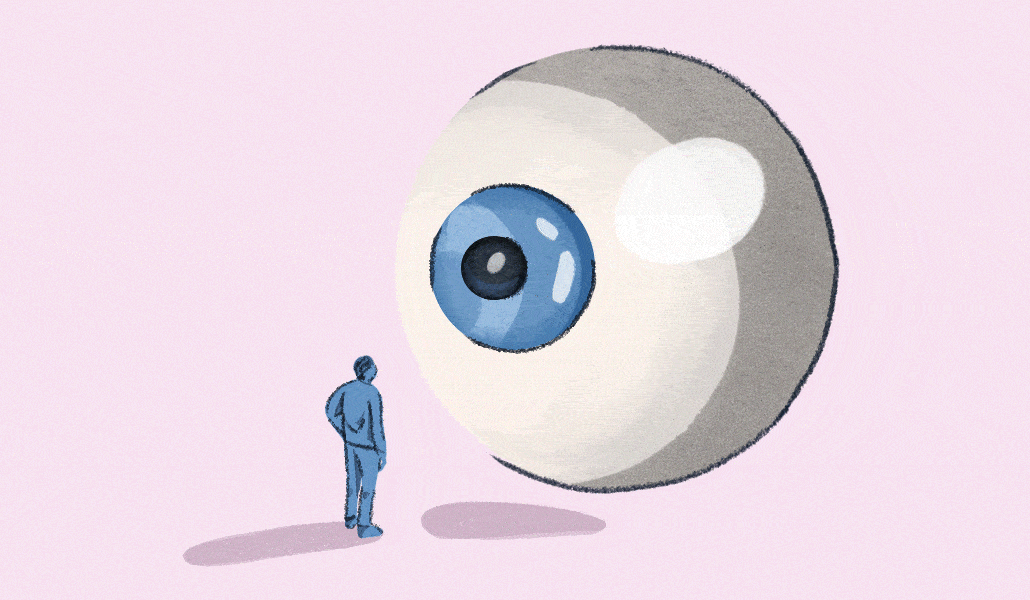WTF is human sustainability (and what role does HR play in supporting it)?

According to a new workforce study, 64% of workers are more attracted to organizations that create value for workers, and 79% of leaders agree that their organization is responsible for doing so.
Yet, only 21% of leaders feel ready to tackle these issues effectively.
That’s according to Deloitte’s 2024 Global Human Capital Trends Report. Deloitte has been working with companies to embed human sustainability into the fabric of their organizations.
But what exactly is human sustainability and why are more organizations thinking about it today? We spoke to workplace leaders to get a better understanding.
What is human sustainability?
In its simplest terms, human sustainability provides workers with greater well-being, improved employability, and an increased sense of equity, purpose, and belonging. Deloitte coined the term in its 2023 Global Human Capital Trends report, describing it as “the degree to which the organization creates value for human beings.”
It requires an organization to focus less on how much people benefit from their organization and more on how much their organization benefits people.
Usually, when you hear the word sustainability, environmental impact is what might come to mind first. However, leaders are arguing that true sustainability incorporates human sustainability.
“A human sustainability mindset replaces transactional thinking about people, focusing on creating greater value for each person connected to the organization,” said Sue Cantrell, vice president of products, workforce strategies at Deloitte. “By focusing on human sustainability, leaders can make a positive cycle where better support for individuals leads to better results for the organization.”
It’s the next level in redefining the ‘S’ in ESG at a time when there are multiple developments in the world that are testing the balance between humans and technology, including AI adoption. There are other challenges like the lack of progress on DE&I, worker burnout, and rapidly evolving skill needs that are also impacting workers.
Caitlin MacGregor, co-founder and CEO of talent platform Plum, describes that this work won’t happen overnight and isn’t easy either.
“It isn’t a switch to flip or a program to kick off on Monday,” said MacGregor. “In the process, human sustainability might prompt some uncomfortable moments or cause an organization to introspect on ‘the way we’ve always done things.’ It is both a radical act and a logical one, especially given today’s ever-changing market dynamics.”
Why should employers care?
There has been extensive research on how worker well-being impacts productivity, and in turn the bottom line.
“Leaders should prioritize human sustainability because human sustainability is good for business,” said Cantrell. “When people thrive, business thrives.”
Studies have consistently found that organizations engaged in practices related to human sustainability produce stronger business results. Analysis by the University of Oxford Wellbeing Research Center finds a “strong positive relationship between employee well-being and firm performance,” including stronger profits and stock returns among organizations with the highest levels of well-being. In addition, organizations that rank the highest in addressing human sustainability issues consistently outperform the Russell 1000.
According to Deloitte, intangible assets – the ideas, technologies, brand attributes, and other differentiators created by an organization’s people – made up 90% of US corporate assets in 2022. Yet, its research also shows that only 43% of people say their organization has left them better off than when they started. And although 89% of executives say they are advancing human sustainability, only 41% of workers agree.
It’s something that a modern workplace might already be thinking about on its own. Others, though, might have it on the radar thanks to regulations like the European Union’s new European Sustainability Reporting Standards or the U.S. Human Capital Disclosure Rule, which requires public companies to disclose human capital management metrics that are material to an investor’s understanding of the company.
“It’s a little bit like human sustainability accounting,” said Liliana Dias, an organizational health designer and consultant focused on human sustainability. “It puts numbers to it. Like accounting reporting, organizations, organizations can really measure human indicators of performance, retention, productivity, and absenteeism. It gives a perception of how resilient the workforce is.”
Right now, it’s few and far between for investors to consider human sustainability, but Dias suggests that in the future the human sustainability statement will continue to grow in importance.
“Through these indicators of human resources, health, and safety, we can have some input to really evaluate the human sustainability of the business,” said Dias.
How do you get started and what role does HR play?
Cantrell wants to make one thing clear: “Yoga classes, meditation retreats, and volunteering programs are not human sustainability.”
“To truly embed human sustainability in business operations, organizations should look beyond temporary fixes and focus on deep-rooted changes,” said Cantrell. “This means tackling structural issues that block progress.”
WorkLife has previously written about the nuances of reporting productivity in the modern workforce that no longer takes into account the number of butts in seats. In the same way, it might be challenging at first for organizations to navigate the perfect way to measure human sustainability and later change their processes.
“Few leaders have the tools to track the human side of their business operations accurately,” said Cantrell. “Organizations need to develop better metrics that reflect their workforce’s well-being and societal impact rather than just monitoring outputs.”
Thankfully, there is some guidance. For example, the European Sustainability Reporting Standards’ “own workforce” category, requires disclosing diversity indicators, wages, training and skills development indicators, work-life balance indicators, compensation indicators, and more.
Deloitte’s guidance includes measuring factors like skills development and employability (how quickly people are learning new skills and their impact), well-being (the number of work-related emails sent during off hours), purpose (turnover rates, performance, volunteering participation levels), DE&I (pay equity audits), career stability and advancement opportunities (percentage of people hired based on skills rather than degrees), and societal impact (number of public-private partnerships formed).
Dias says this reporting will take a group effort but is one that is worth it, especially when it comes to seeing how an organization is improving year over year.
But HR can play an important role in getting this work done if they have a more modern approach that really takes into account what human sustainability looks like in action.
“Though human sustainability needs to be organization-wide, HR remains responsible for many people-related matters, making these professionals an obvious – and effective – steward for such initiatives,” said MacGregor. “If the goal is to leave every human an organization touches better off because of their time there, HR will need to be involved from day zero, serving as a touchstone for workers along their journeys.”
She says human sustainability will have to be taken into consideration across the entire workforce experience, from recruiting and onboarding to upskilling and career development, even offboarding.
“HR will be deeply involved in designing and implementing the strategies and programs that make human sustainability possible,” said MacGregor. “Plus, there’s also the reporting component to keep in mind.”
It’s finally not a taboo topic, says Dias. “We are finally opening up the Pandora’s box of discussion.”
“It’s still a long way, but at least we are creating frameworks that could help us understand what [human sustainability] is,” said Dias.


